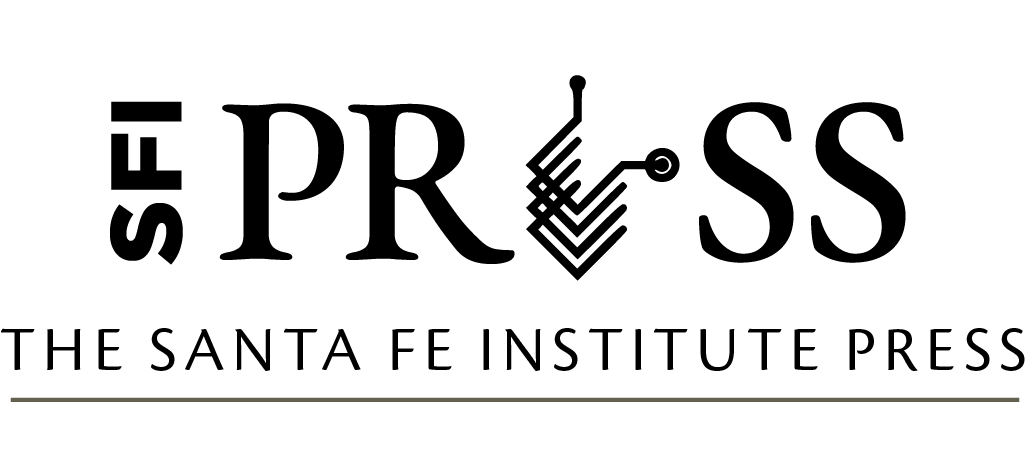Worlds Hidden in Plain Sight pp. 193-199
DOI:
19: Complexity: A Different Way to Look at the Economy
Author: W. Brian Arthur
Excerpt
Economics is a stately subject, one that has altered little since its modern foundations were laid in Victorian times. Now it is changing radically. Standard economics is suddenly being challenged by a number of new approaches: behavioral economics, neuroeconomics, new institutional economics. One of the new approaches came to life at the Santa Fe Institute: complexity economics.
Complexity economics got its start in 1987 when a now-famous conference of scientists and economists convened by physicist Philip Anderson and economist Kenneth Arrow met to discuss the economy as an evolving complex system. That conference gave birth a year later to the Institute’s first research program—the Economy as an Evolving Complex System—and I was asked to lead this. That program in turn has gone on to lay down a new and different way to look at the economy.
To see how complexity economics works, think of the agents in the economy—consumers, firms, banks, investors—as buying and selling, producing, strategizing, and forecasting. From all this behavior markets form, prices form, trading patterns form: aggregate patterns form. Complexity economics asks how individual behaviors in a situation might react to the pattern they together create, and how that pattern would alter itself as a result, causing the agents to react anew.
This is a difficult question, so, traditionally, economics has taken up a simpler one. Conventional economics asks how agents’ behaviors (actions, strategies, forecasts) would be upheld by—would be consistent with—the aggregate patterns these cause. It asks, in other words, what patterns would call for no changes in microbehavior, and would therefore be in stasis or equilibrium.
BACK TO Worlds Hidden in Plain Sight
